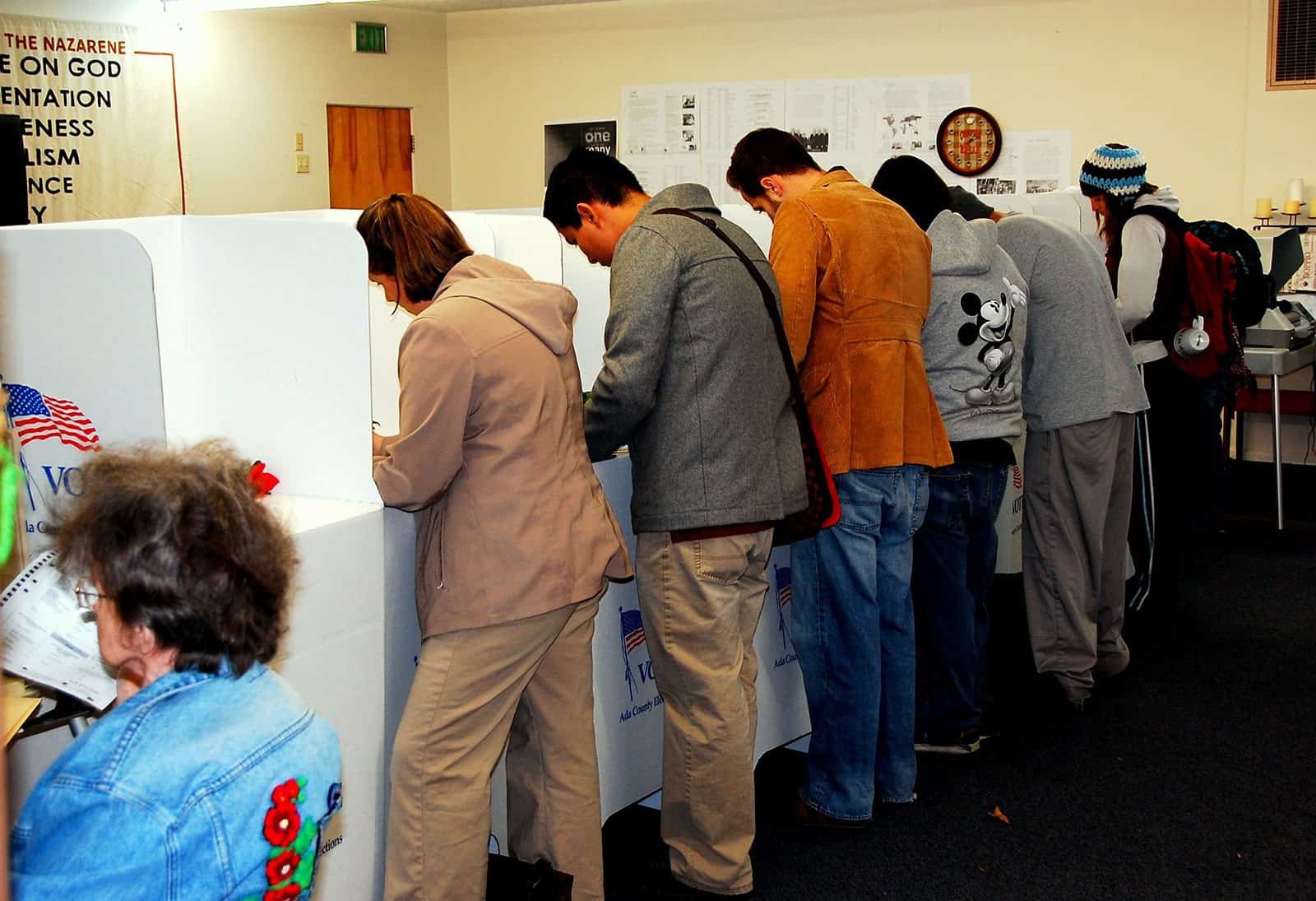In Idaho, about 30 percent of voters saw room for improvement in the state’s pick-one, closed primary voting system. But a majority chose to stick with the status quo, rejecting Proposition 1, the open-primary, instant-runoff measure on the November ballot. The proposed statute had an uphill climb despite support from many prominent Republicans; others, including Speaker of the House Mike Moyle and Idaho Republican Party Chair Dorothy Moon, came out against the measure.
The opposition campaign’s provocative messaging, including claims that Proposition 1 was a scheme to “californicate” Idaho’s elections, likely also contributed to the measure’s loss. Though pro-reformers outraised Proposition 1’s detractors by over 8:1 according to the last round of reporting, it seems that the “Yes” campaign did not convince voters that a change was necessary.
The fundamental dynamic in all electoral reform ballot measure campaigns is that citizens, even if they dislike the hyperpartisan status quo, are deeply suspicious about proposals to change the way they vote or the way their votes are counted. The YES campaign has to vault over a high bar. In a supermajority Republican state like Idaho, division among Republican leaders may have been enough to doom the measure, just as in the supermajority Democratic state of Oregon, the doubts generated by division may have tanked that state’s reform.
And while Alaska uses a similar system, the open, all-candidate primary and instant runoff model remained an utter novelty to almost all Idaho voters. Perhaps in a state that consistently and reliably elects Republicans, Idahoans did not feel pain points in the current system: the shoe wasn’t pinching, so they didn’t want to change it. Some commentators speculated this was the case when deep-blue Massachusetts rejected a ranked choice voting amendment in 2020.
Still, 30 percent of Idahoans recognized and voted to address problems below the surface of Idaho’s electoral system. That’s not a bad place to start. Under the status quo, primaries exclude tax-paying citizens, candidates have incentives to campaign on personal attacks and culture war issues rather than policy, and the state is tiptoeing around a plurality winner pitfall that could elect a governor or senator with as little as 34 percent of the vote. Independent voters, despite making up a quarter of the registered population, will still largely be politically homeless.
Other models might appeal to voters whose appetite for reform is more incremental. California and Washington State have a “top-two” unified primary system that has been shown to turn down the political temperature and increase turnout. Even simply opening Idaho’s primaries to all voters and parties could boost participation and representation in the Gem State. Reformers will have to regroup and assess whether any of the 70 percent of voters who turned down Proposition 1 might be interested in alternative ways to upgrade Idaho’s elections.
Sightline is monitoring other electoral reform ballot measures in Cascadia. See our reports on Alaska, Montana, and Oregon.


